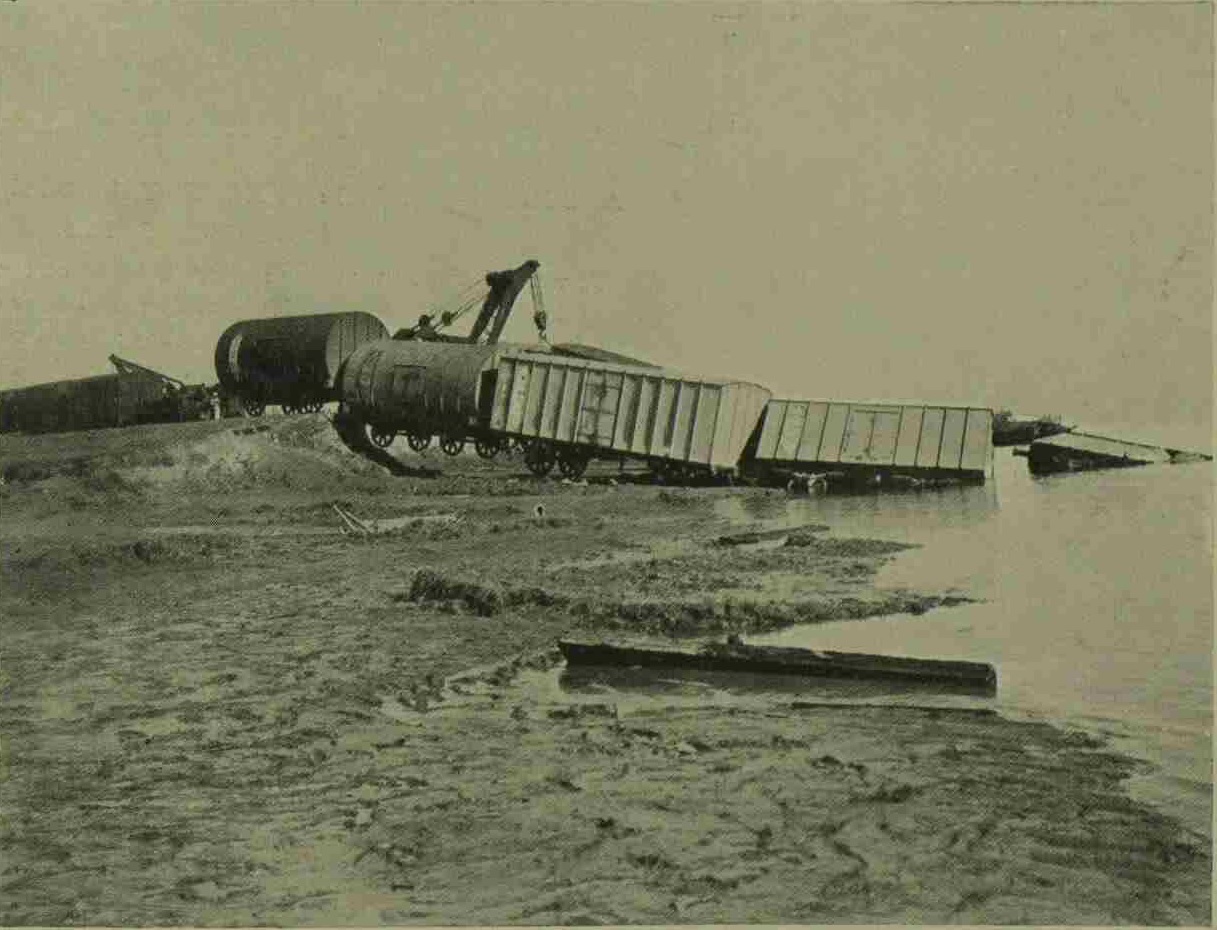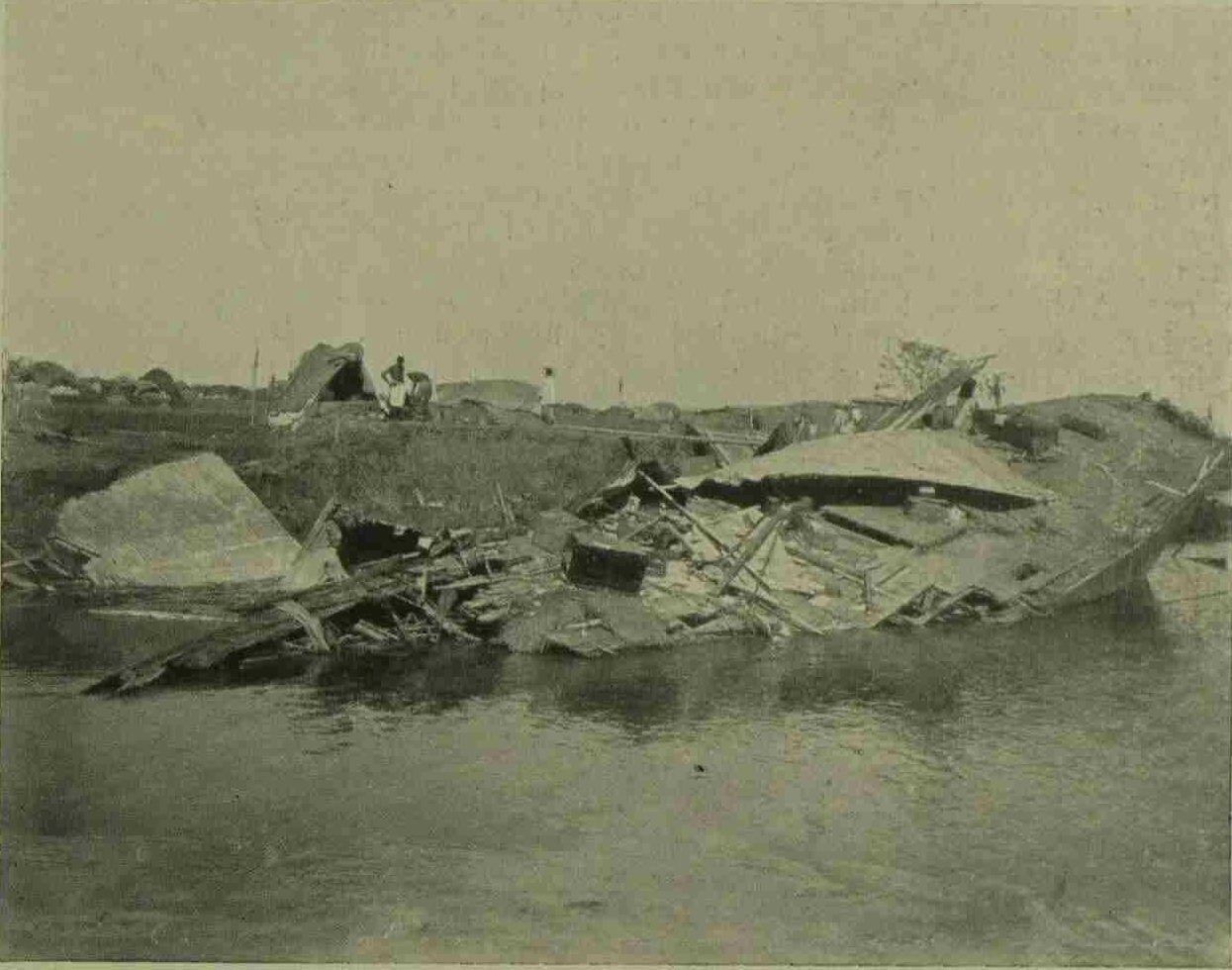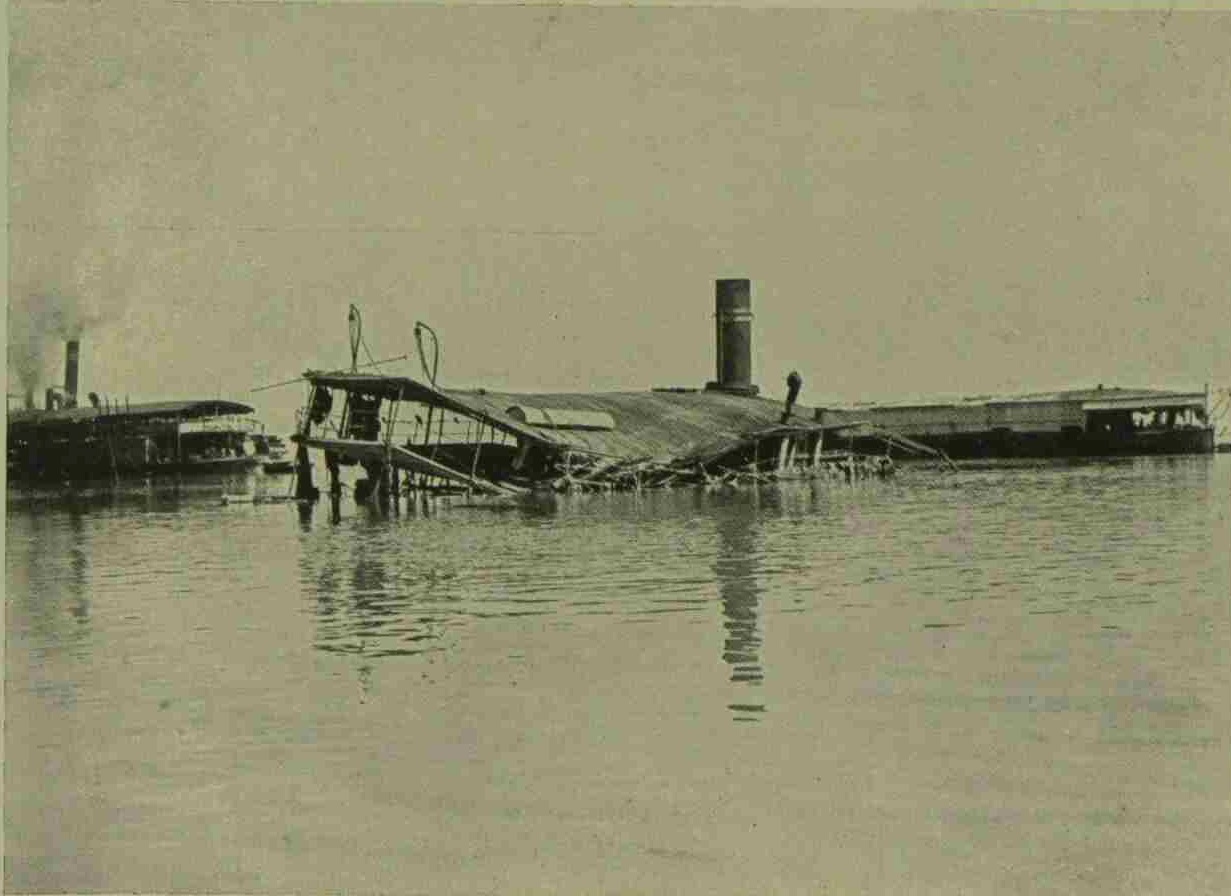Disaster at Goalando | Bangladesh on Record
December 18, 2019
On October 18, 1909 a cyclone stormed Goalando and its adjacent areas. As a result the river and rail terminal was damaged badly.
London Evening Standard reported on October 20, 1909:
“CYCLONE IN BENGAL
EUROPEAN LIVES FEARED LOST
Cyclone yesterday wrecked Goalando and other Eastern Bengal stations. Many river steamers and an enormous number of native craft were sunk. It is feared that a number Europeans have lost their lives. It is impossible to give details, as all telegraphic communication is destroyed. On the Calcutta side only the edge of the cyclone was experienced, but its fury may be judged by the fact that it derailed two heavy goods trains, a guard named Kitchen being killed.—Reuter.
A Lloyd’s message states that a telegram has been received from Calcutta, from which it is understood that the following vessels of the River Steam Navigation Company are reported sunk:— Ardoch (stern-wheeler), Ganges despatch; Miri (mail steamer), Spray (steam launch), Buchland (receiving flat), Barge 33, Wales (flat) (residential and office), Tyrone (workshop), Mary Stuart (workshop). The following vessels of the same line are reported damaged;—Beluchi (mail steamer), Ardmarnock (stern-mheeler), Armori (flat).
The following vessels of the India General Steam Navigation Company are also reported sunk:—Diana and Rohini (stern-wheelers), Raven (launch), Cyclops (stores boat), Chumbal (receiving flat). The Mirzapore (flat), of the same line, is reported damaged.
Goolando, where the full force of the cyclone has been felt, is important trade centre at the confluence of the Ganges and Brahmaputra rivers. The steamers of the India General Steam Navigation and the River Steam Navigation Companies, large concerns under English management, touch here; and river traffic is carried on with Assam and Bengal, both steamers and native sailing craft. The catastrophe, it feared, will seriously affect the jute trade; but information has been received that Narayanganj, the centre of the jute district, has escaped, the damage done may prove to confined to a limited area. As the jute crop this year has been abundant, and prices are favourable to tho exporter, an interruption of the traffic or heavy loss on cargoes would be a severe blow to an important industry. Goalando is always liable to inundation in the rainy season. In 1875 tho river swept away a protective work of solid masonry, and demolished the railway station and Government offices.”
Illustrated London News in its December 4, 1909 issue wrote:
“The cyclone which visited Calcutta recently did immense damage in Goalundo, a subdivision of the Faridpur district of Eastern Bengal. Goalundo Station, 150 miles from Calcutta, is on the Paddah River, formed by the junction of the Ganges and Brahmaputra, near the point where they converge. It is the terminus of the Eastern Bengal State Railway, and of several important steam-ship routes, and is the centre of a large transhipment trade. In 1871, the year in which the extension was finished, the terminus was situated exactly at the junction of the Ganges and Brahmaputra, and an enormous sum was spent in protecting the site from erosion. But in 1875 the spur was washed away, and since that date no permanent structures have been erected : the terminus. called “Goalundo Ghat,” has shifted, and the present site is seven miles south of the former one. At the time of the cyclone, the railway offices and the officers’ quarters of the steamer agencies were situated on floating residential vessels, known as “river flats.” In the cyclone these all foundered, and of most of them nothing was afterwards to be seen. A number of steamers were also totally wrecked. The loss of human life and of cattle was very great, and immense damage was done to railway plant and co”untry boats, and to crops, trees, and villages throughout the district swept by the cyclone.”





